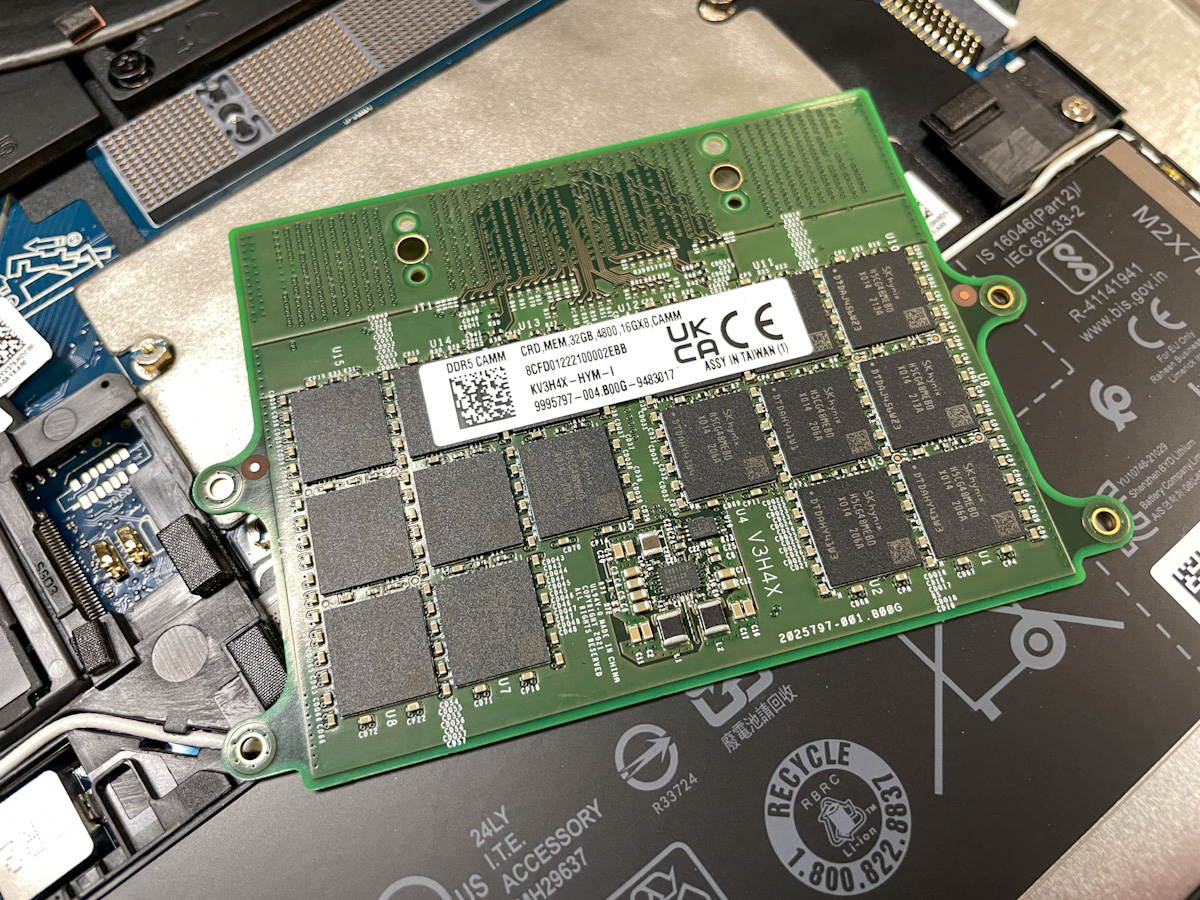Doesn't the low performance of 780M's performance in Time Spy support the claim of only being 21% faster than Iris Xe?
Sounds like the stepping problem that was attributed to dGPU RDNA3, may have been mobile all along.
Alternatively, maybe the RDNA3 does lower performance/clock. The less-than-50% performance gain we see with 7900XTX is with the latter having 20% more "legacy" shaders and 50% more TMUs and ROPs, while bandwidth improved by 50% as well. 780M has the same shader count and doesn't increase on TMUs and ROPs, while bandwidth doesn't really improve.
There's a separate thing on top of that which is the actual perf/w gain.
That TimeSpy performance shows ~680M level of performance, but we don't know If 680M performs only 21% better in those 12 games on average than Iris Xe.
There could really be a problem with that stepping.
RDNA3 doesn't have lower performance/clock. Performance of N31 is not that bad considering dual issue is helping only 9% on average, so the 47% higher gaming performance is mainly coming from more WGPs(CUs) and higher clocks.
| Frequency median | WGP (CU) | TMU | ROPs | Infinity cache | GDDR6 width | GDDR5 speed | Bandwidth | TPU 4K |
|---|
| RX 6900XT | 2227 MHz (100%) | 40 (80) | 320 (100%) | 128 (100%) | 128MB (100%) | 256-bit (100%) | 16gbps (100%) | 512GB/s(100%) | 100% |
| RX 7900XTX | 2631 MHz (100%) | 48 (96) | 384 (120%) | 192 (150%) | 96MB (75%) | 384-bit (150%) | 20gbps (125%) | 960GB/s(188%) | 147% |
I won't bother calculating Pixel or Texture Fill rate.
If BW or ROPs are not a bottleneck, then It doesn't matter how much increase they see, bottleneck will be elsewhere.
TMUs also shouldn't be a bottleneck, or AMD would have increased the amount per WGP.
The biggest problem with N31 is that AMD didn't increase WGPs more than 20% , yet they could have easily made a 60WGP model and then that dual issue SIMD.
Back to 780M. Yes, It probably has the same specs, but graphics frequency(boost?) is 3GHz or 25% higher than Rembrandt.
Thanks to a much better process, I expect significantly higher gaming frequency, but only 17% better BW is not much.
Extra performance should come with driver updates later.
780M will be faster than 680M, the question is by how much. It will depend on achievable clock speed. The highest gain we should see with U models.





